n-Butyl carbamate
- CAS NO.:592-35-8
- Empirical Formula: C5H11NO2
- Molecular Weight: 117.15
- MDL number: MFCD00007967
- EINECS: 209-751-0
- SAFETY DATA SHEET (SDS)
- Update Date: 2024-12-18 14:15:32

What is n-Butyl carbamate?
Chemical properties
WHITE FLAKES
Flammability and Explosibility
Not classified
Safety Profile
A poison via intraperitoneal route. Moderately toxic via subcutaneous route. Experimental teratogenic effects. Questionable carcinogen with experimental neoplastigenic data. Mutation data reported. See also CARBAMATES. When heated to decomposition it emits toxic fumes of NOx
Properties of n-Butyl carbamate
| Melting point: | 53-55 °C (lit.) |
| Boiling point: | 204 °C |
| Density | 0.9308 (estimate) |
| vapor pressure | 2.65hPa at 20℃ |
| refractive index | 1.4189 (estimate) |
| Flash point: | 228 °F |
| storage temp. | Keep in dark place,Sealed in dry,Room Temperature |
| solubility | SOLUBLE |
| form | powder to crystal |
| pka | 13.52±0.50(Predicted) |
| color | White to Almost white |
| Water Solubility | SOLUBLE |
| CAS DataBase Reference | 592-35-8(CAS DataBase Reference) |
| NIST Chemistry Reference | Butyl carbamate(592-35-8) |
| EPA Substance Registry System | Carbamic acid, butyl ester (592-35-8) |
Safety information for n-Butyl carbamate
| Signal word | Danger |
| Pictogram(s) |
 Corrosion Corrosives GHS05  Exclamation Mark Irritant GHS07 |
| GHS Hazard Statements |
H302:Acute toxicity,oral H317:Sensitisation, Skin H318:Serious eye damage/eye irritation |
| Precautionary Statement Codes |
P280:Wear protective gloves/protective clothing/eye protection/face protection. P302+P352:IF ON SKIN: wash with plenty of soap and water. |
Computed Descriptors for n-Butyl carbamate
n-Butyl carbamate manufacturer
Rivashaa Agrotech Biopharma Pvt. Ltd.
1Y
Phone:+91-7926462688
product: 592-35-8 n-Butyl carbamate 98%
New Products
Tert-butyl bis(2-chloroethyl)carbamate (S)-3-Aminobutanenitrile hydrochloride N-Boc-D-alaninol N-BOC-D/L-ALANINOL N-octanoyl benzotriazole 4-Hydrazinobenzoic acid 3,4-Dibenzyloxybenzaldehyde 3-Nitrobenzaldehyde 1,1’-CARBONYLDIIMIDAZOLE R-2-BENZYLOXY PROPIONIC ACID 1,1’-CARBONYLDI (1,2-4 TRIAZOLE) 4-HYDROXY BENZYL ALCOHOL 3-NITRO-2-METHYL ANILINE (2-Hydroxyphenyl)acetonitrile 5-BROMO-2CYANO PYRIDINE 5,6-Dimethoxyindanone 5-broMo-2-chloro-N-cyclopentylpyriMidin-4-aMine 2-(Cyanocyclohexyl)acetic acid 4-methoxy-3,5-dinitropyridine 2-aminopropyl benzoate hydrochloride 1-(4-(aminomethyl)benzyl)urea hydrochloride tert-butyl 4- (ureidomethyl)benzylcarbamate diethyl 2-(2-((tertbutoxycarbonyl)amino) ethyl)malonate Ethyl-2-chloro((4-methoxyphenyl)hydrazono)acetateRelated products of tetrahydrofuran
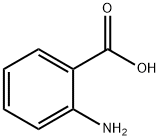


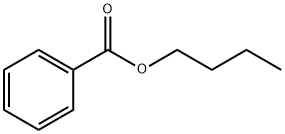

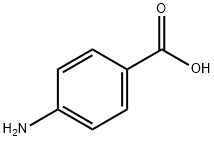
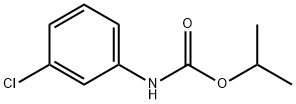
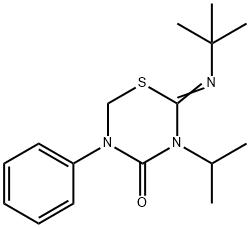
You may like
-
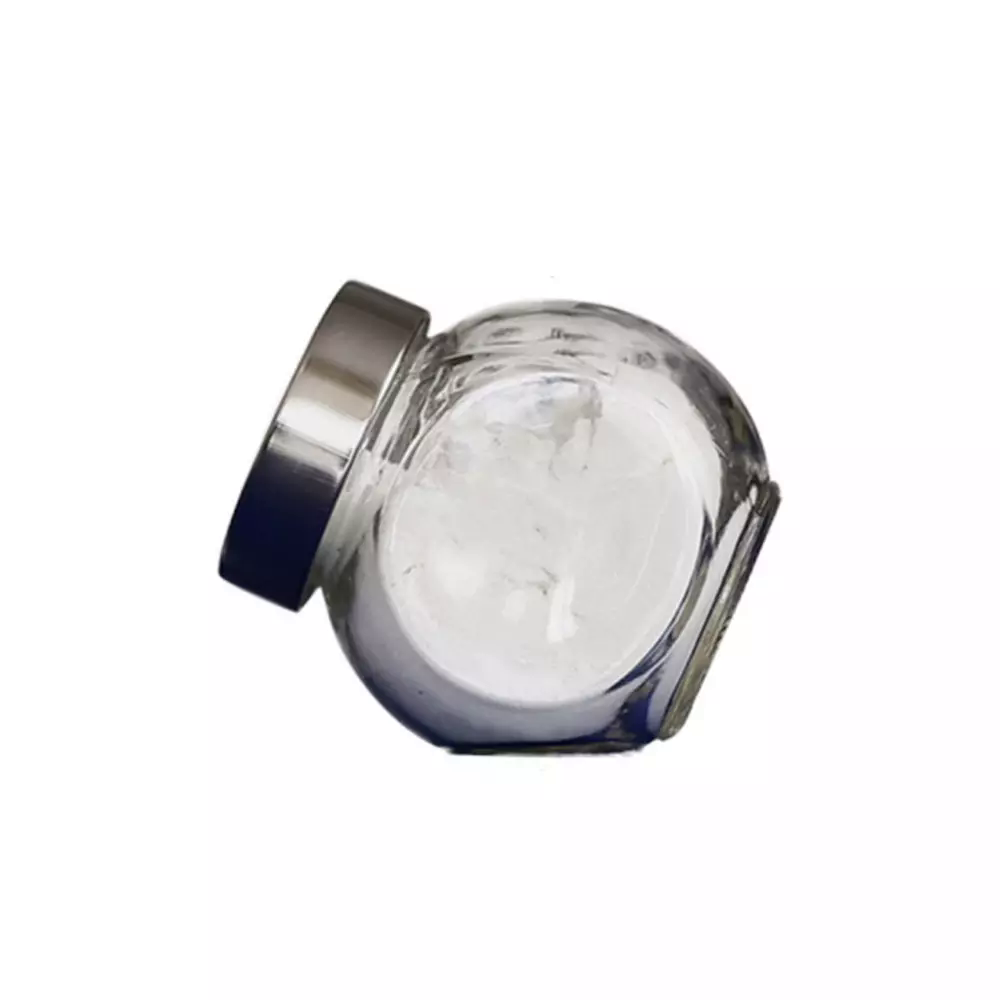 592-35-8 n-Butyl carbamate 98%View Details
592-35-8 n-Butyl carbamate 98%View Details
592-35-8 -
 Butyl Carbamate CAS 592-35-8View Details
Butyl Carbamate CAS 592-35-8View Details
592-35-8 -
 55441-95-7 99%View Details
55441-95-7 99%View Details
55441-95-7 -
 N-Vinylformamide 99%View Details
N-Vinylformamide 99%View Details
13162-05-5 -
 Chloro Uracil 1820-81-1 99%View Details
Chloro Uracil 1820-81-1 99%View Details
1820-81-1 -
 2-ethyl-6-methyl-3-hydroxypyridine succinate 99%View Details
2-ethyl-6-methyl-3-hydroxypyridine succinate 99%View Details
127464-43-1 -
 2-ETHYLPYRIDINE 100-71-0 99%View Details
2-ETHYLPYRIDINE 100-71-0 99%View Details
100-71-0 -
 181228-33-1 (S)-Methyl 3-amino-2-((tert-butoxycarbonyl)amino)propanote Hydrochloride (DAP-OMe. HCl) 99%View Details
181228-33-1 (S)-Methyl 3-amino-2-((tert-butoxycarbonyl)amino)propanote Hydrochloride (DAP-OMe. HCl) 99%View Details
181228-33-1
Statement: All products displayed on this website are only used for non medical purposes such as industrial applications or scientific research, and cannot be used for clinical diagnosis or treatment of humans or animals. They are not medicinal or edible.